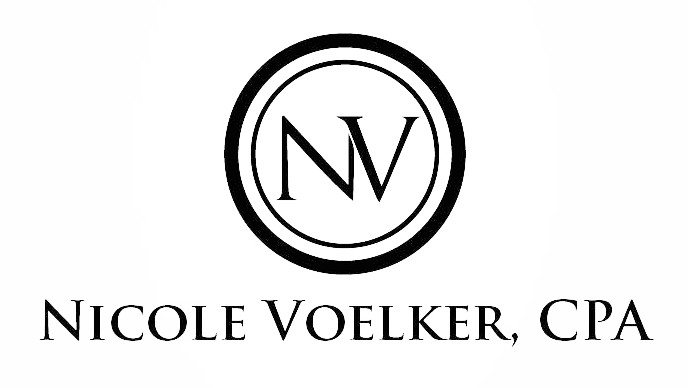Discounts in closely-held business valuations are applied in a number of ways. One such way is through a “discount rate” that measures a prospective business investor’s risk tolerance and expected return.
Another avenue of discounting is through discounts for “lack of control” and “lack of marketability.” You have likely seen the acronyms “DLOC or Discount for Lack of Control” and “DLOM or Discount for Lack of Marketability” show up in closely-held business valuation discussion.
How do you know if and when these discounts should be considered in determining the value of a prospective closely-held business interest?
Whether we care to admit it or not, the Internal Revenue Service employs some of the most experienced professionals in the sphere of valuation. The Service released a Job Release for Discount for Lack of Marketability (DLOM) in September of 2009 that I found very practical. The Job Aid provides the following guidance:
- DLOM is appropriate when the subject interest is non-marketable, yet the prior steps in the valuation process result in a marketable value.
- DLOM is not appropriate if the prior valuation process has already taken marketability concerns into consideration.
- DLOM is applied after the discount for lack of control (DLOC) where such is appropriate to a valuation problem.
- DLOM should be determined on its own factors and not combined with other discounts.
The biggest takeaway from this guidance is that any DLOC or DLOM needs to be thoughtfully considered and applied. One size does not fit all.
For instance, applying a DLOC and DLOM to a value that has already factored in a minority income stream and a non-marketable rate of return will effectively undervalue a closely-held, minority business interest. Conversely, a closely-held minority business interest valued based upon a pro-rata market value of Company assets without some adjustment for DLOC and DLOM will likely be overvalued.
Valuation theory requires significant professional judgement and arguably nothing is absolute. However, I created the chart below to provide a rudimentary explanation of how DLOC or DLOM should be considered as part of a closely-held business valuation.

Don’t hesitate to contact me at 309-369-6430 or nicole@voelkercpa.com with any further questions or comments you have related to discounts or valuation.
